Review of Les Egouts Du Paradis
Introduction
You couldn`t make it up! Popularly known in France as `The great Drain Robbery`, real-life bank robber and 1968 revolutionary, Albert Spaggiari, relieved the Societe Generale bank in Nice it`s spoils, gaining entry via the intricate network of sewers beneath the resorts streets, tunnelling his way in through the basement. (Look away now if you don`t want to know the ending of this tale, though it`s pretty common knowledge amongst real-life crime caper and heist aficionados…). He was then `turned in` by one of his compatriots, only to succeed in a daring escape from his trial via a third-floor window to the streets below. Something of a national anti-hero, and secretly admired by all of us who daren`t take an apple from a public tree for fear of repercussions, this remarkable crook then went on to pen a detailed account of events in his memoirs, working alongside Director Jose Giovanni, himself an ex-con and crime writer in the making of this truly remarkable film.
Les Egouts du Paradis (The Sewers of Paradise) tells Spaggiari`s story with little fluff but with much sensitivity. As an ex-revolutionary, Spaggiari exchanges the `poetry of revolution` for `the poetry of the cash balance. Setting about his task with near military precision, researching the layout of the bank and testing for audio-induced alarm systems by placing an alarm clock in a safe box, he then sets about recruiting the right men for the job. These include a classic gang of thugs from Marseilles, and other colleagues sporting nicknames like `68` (for one of his ex-revolutionary buddies) and `The Egyptian` - a diamond expert from …well, Egypt. The planning phase is covered quickly and it`s not long before we see our heroes knee-deep in the sewers of Nice, tackling the not inconsiderable challenge of tunnelling through several feet of stone and concrete. This is no easy task. They have to work by night to avoid bona-fide sewer workers, carefully covering their trail and work in progress. Their work in almost unbearably claustrophobic, rat-infested conditions is all the more challenging when major pieces of construction equipment need to be transported some 1000 metres from the manhole cover to the `coal face`. Two-way radio communication to watchers on the surface means that the noise of drilling never causes too much interest above ground.
The films real strength lies in these underground scenes, which account for at least half-the movie. Filmed often with hand-held cameras, it`s extremely effective. With all the tension of `Oceans 11` and classic tunnelling movies like `The Great Escape` or `The Wooden Horse` rolled into one, this movie is extremely compelling. It simply has to be viewed through in a single sitting.
The sub-titles are no real hindrance here for non-French speakers; so much is said through the expression and body language of the peculiarly non-talkative gang members.
Jose Gioivanni must have found Spaggiari`s story irresistible. Not only was this the ultimate true-life crime caper, but Giovanni also had history as an `underground revolutionary`, fighting the Nazi`s as part of the French Resistance during WWII. The portrayal of Spaggiari in the movie is incredibly sympathetic; though also incredibly matter of fact.
There are moments of extreme sensitivity amongst all the mechanics of the robbery though. We see Spaggiari lose a very dear and older lady friend who had clearly been a great influence on him during his younger revolutionary days. It`s here that we`re invited to recognise an alternative motive for relieving the bank of in excess of $10 million, which was a king`s ransom and then some in the early 1970`s. `It`s not the money. It would be worth it just to see the faces of those bourgeois bank clerks…` If only today`s crooks had a bit more style!

Video
Unusually for C`est La Vie, this is offered up in 16:9,(despite what it says on the tin) and it`s a good print/transfer, with the occasional exception in the form of scratch and dust sparkle. A very modest amount of Post-Production Photoshop would have sorted this slight marring.
Much of the film is extremely dark and contrast is high (it`s filmed in the sewers to be fair) so this is not a colourful movie.
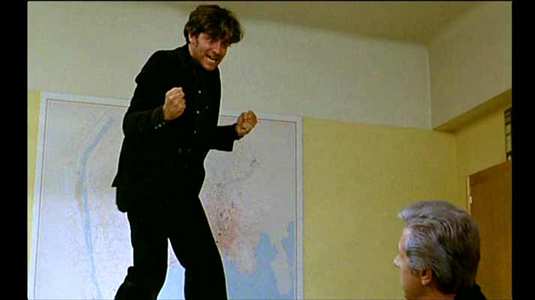
Audio
Sound is fair for a movie of this period, though hardly spatial with very limited separation. Overall the film has a kind of involving, documentary feel and the studio reflects this, the boom occasionally missing some dialogue off - but then real-life is like that. I suspect this film had very little post, and there are remarkably few Foley fx. Today filmmakers would find it irresistible to add plenty more though it`s reflection of cold reality actually does much to make the film seem real. The music, used sparingly, is the only really French element here using accordion and strings to great effect.
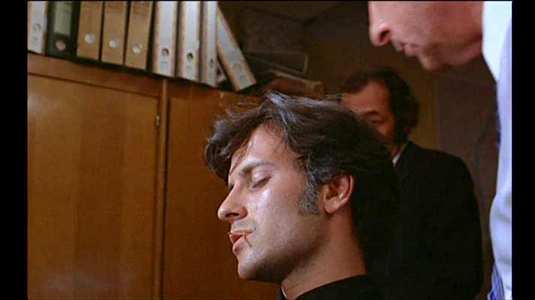
Features
There are some trailers here for other C`est La Vie offers, related only in that they herald from beyond our isle and are not American. There`s a pointless photo-gallery should you prefer to view a non-moving version of the movie, and there are text based biographies and filmographies of Director Jose Giovanni and cast members Francis Huster and Lila Kedrova. Nothing to get in a fever about.
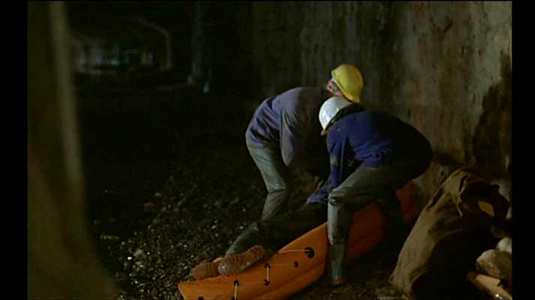
Conclusion
This could well be the ultimate caper movie - chiefly because it really happened. With Spiaggarri`s involvement, and sensitive Direction by Jose Giovanni, I think it`s plausible that it happened pretty much this way too which makes it extremely compelling. The cast is fine with a notable and subtly under-played performance by principal Francis Huster, making the role of Spaggiari his own. The movie is pretty much `unputdownable` and the sub-titles are no barrier to first-class entertainment. A most satisfying movie, and one to watch again and again.
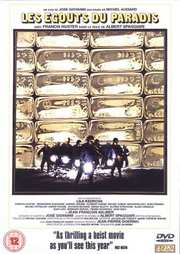
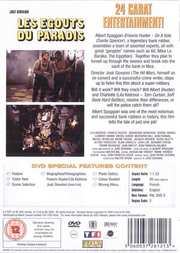
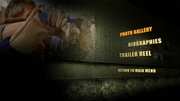



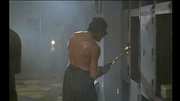
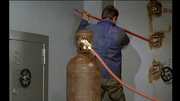



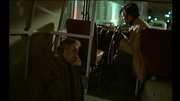


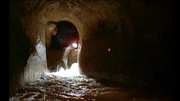



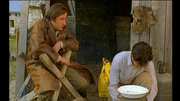
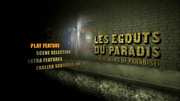
































Your Opinions and Comments
Be the first to post a comment!